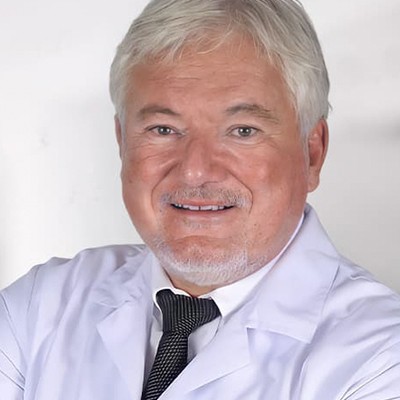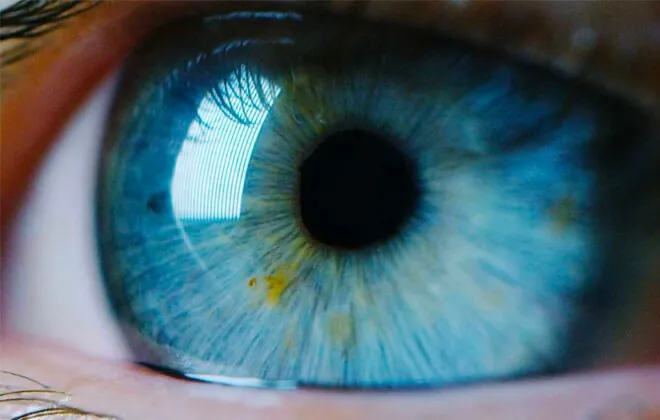
Create an Online Appointment
ou can easily create an appointment by filling out the appointment form below or by clicking here to contact us via Whatsapp.
Cataract

Let’s briefly frost all the windows facing outward in our house. The amount of light entering our home suddenly decreases, causing the lights to scatter and creating halos around them. Now, what if we also close our thick curtains? The environment becomes even dimmer; our ability to move around inside the house decreases, and it becomes more challenging to perform our daily tasks. Behind the pupil, which is the window of our eye opening to the outside world, there is a lens. This lens increases its refractive power as we focus on objects, allowing us to see nearby objects clearly. Just like professional DSLR cameras with highly advanced electronic sensors. In the case of the disease called cataract, our lens gradually loses its transparency. As a result, the visual stimuli and the amount of light reaching the retinal layer decrease, causing the interior of the eye to dim and leading to a reduction in effective vision. Some art historians have related this qualitative change in vision, caused by conditions such as cataracts, to certain color and contrast changes observed over time in the works of painters like Van Gogh.
The most common type of cataract that we encounter, occurring in conjunction with the aging of the lens inside our eyes, is age-related cataract. Our lens begins to age from around the age of 40, and, as with many diseases, factors such as diabetes, UV exposure, smoking, and nutritional disorders accelerate this aging process. Sometimes, we come across cataracts even in young people, and in some cases, even in babies. In young individuals, cataracts can develop due to external factors such as radiation therapy or the side effects of corticosteroids, which are necessary for certain diseases, or internal factors like diabetes. In babies, congenital cataracts, also known as cataracts present from birth, can be observed immediately after birth. This type of cataract in babies can be either hereditary or caused by factors such as radiation exposure or the mother’s use of certain medications or smoking during embryonic development in the womb.
Cataract is one of the oldest known diseases, and its only treatment is surgery. Since it is a highly prevalent disease, the history of cataract surgery dates back to before the Common Era. Cataract surgery was performed approximately 4,000 years ago. The first cataract surgeries in Babylon involved applying a blow to the eye with a blunt object or dropping a needle-like ancient surgical instrument into the eye to dislodge the clouded lens. The thickened cataract lens was partially eliminated by dropping it into the empty space inside the eye, improving vision to some extent. Those who performed these operations were typically barbers or “magicians.” After centuries of using this ancient but successful technique, a more modern technique was developed in the 1700s. Instead of dropping the clouded lens into the eye, it began to be removed from the eye. Unlike the original lens, no replacement lens was inserted, so patients undergoing cataract surgery needed thick glasses until the 1950s. During World War II, it was observed that methyl methacrylate, used in the construction of the glass of warplanes, did not cause a foreign body reaction in the eyes when it accidentally entered the pilot’s eyes during conflicts. The idea of replacing the original lens with an artificial intraocular lens was born, implemented, and proven successful. Although not as widespread as the challenges faced by Galileo, despite the stiff opposition of some conservative scientists, until the 1990s, rigid methacrylate intraocular lenses were successfully applied. In recent years, with the development of foldable soft lenses, modern surgical techniques have been achieved. In contrast to other organ prostheses, intraocular lenses are implanted into the eye and, theoretically, can last for centuries without the need for replacement, depending on the quality of the inserted lens.

Modern cataract surgery can now be performed through a very small incision that does not require stitches, allowing patients to return to their normal activities just one day after the surgery. Through this tiny incision, the cataract lens, which hardens and loses its transparency with age, is broken into pieces within a few minutes using ultra-modern electronic devices. Following this, highly advanced foldable lenses are implanted in place of the cataract lens through the same small incision. The key factors in cataract surgery are the experience of the surgeon performing the operation and the quality of the devices used, as well as the artificial lens that will be placed inside the eye. Patients should thoroughly research these aspects before deciding on surgery. It is worth noting with pride that our country attracts thousands of patients from around the world, mostly from advanced Western countries, for eye surgery. Our eye surgeons, trained in our country, are respected by their international colleagues at the conferences they attend, and their experiences are sought after.
Parallel to the improvement in the quality of surgery, the timing of cataract surgery has also changed. Today, the timing of cataract surgery is determined by the individual’s needs. The surgeon and the patient should jointly determine the timing of the surgery, taking into account the person’s daily activities and professional characteristics. In professions where clear vision is crucial, cataract surgery can be performed in the early stages to improve visual quality. After a successful cataract surgery, the development of cataracts again is not possible because the opaque lens has been removed and replaced with an artificial lens. However, in individuals who have undergone cataract surgery, the place where we implant the artificial lens is inside the natural lens capsule. This capsule can become cloudy over time, causing the patient to experience blurred vision and see halos around lights, similar to before cataract surgery. In such cases, there is no need for another surgery; a simple outpatient laser procedure can clear the capsule, restoring vision to normal levels.